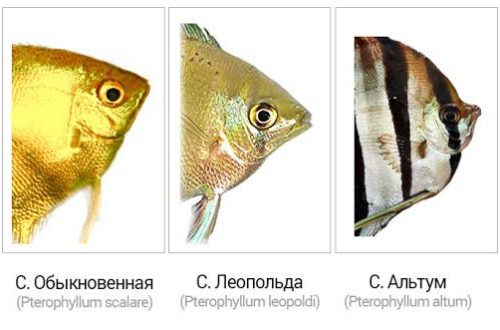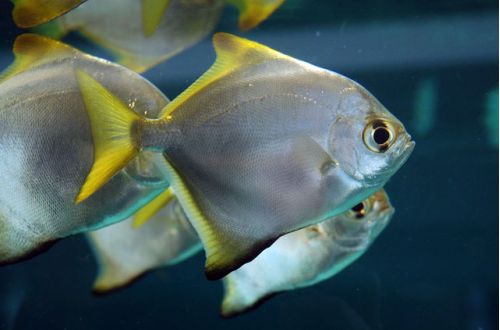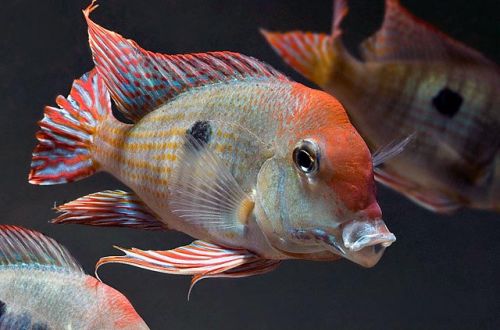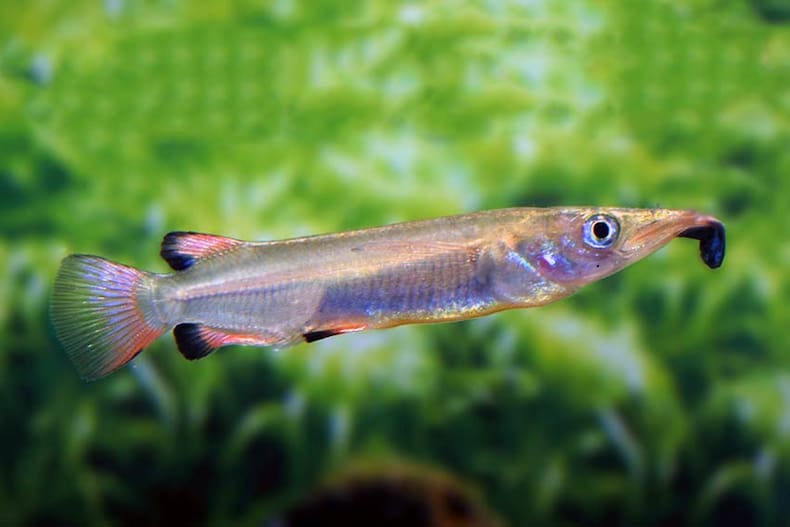
Nomoramfus Lima
Nomorhamphus Lima, scientific name Nomorhamphus liemi (subspecies/variety of liemi), belongs to the family Zenarchopteridae (Half-nosed). It is worth noting that the Russian-language name used is not entirely correct, since it refers to the entire species, and not just to this variety. Due to the fact that two subspecies are found in the aquarium trade, one of which is “liemi”, and no name has been invented for it, then at the household level the use of the name Nomoramphus Lima is quite appropriate.

Contents
Habitat
It comes from Southeast Asia from the Indonesian island of Sulawesi. Found on the southeastern tip of the island. Inhabits numerous mountain streams.
Brief information:
- The volume of the aquarium – from 130 liters.
- Temperature – 22-28°C
- Value pH — 6.5–7.0
- Water hardness – 4–18 dGH
- Substrate type – any
- Lighting – moderate
- Brackish water – no
- Water movement – moderate or strong
- The size of the fish is 7–12 cm.
- Nutrition – fresh or live food
- Temperament – conditionally peaceful
- Keeping in a group with one male and 3–4 females
Description
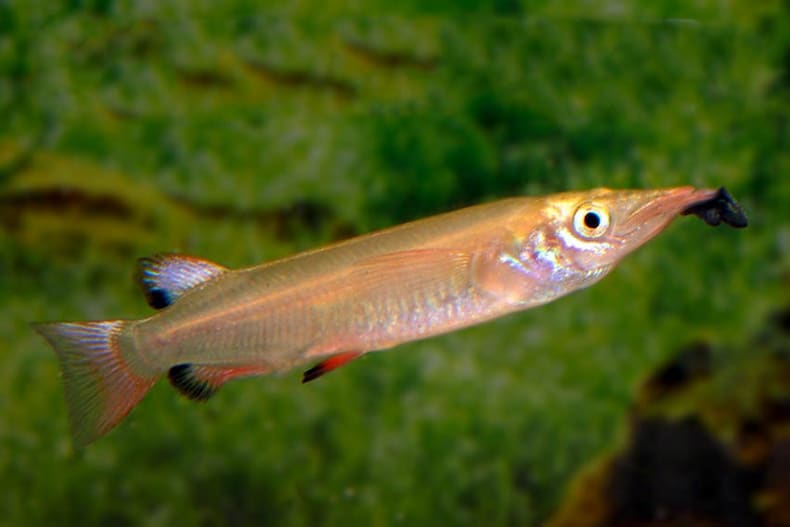
There are many natural subspecies of Nomoramphus Lima, but, as noted above, only two are found in aquariums: “liemi” and “snijdersi”. A distinctive feature of the first is predominantly black fins and tail, while the other has bright red colors in addition.
The fish have an elongated body and are somewhat reminiscent of miniature river pikes with the same long jaws. The upper jaw is somewhat shorter than the lower – this feature is inherent in all members of the family. In males, a process-hook may appear on the lower jaw. Males grow up to 7 cm. Females are noticeably larger – up to 12, look more massive and do not have bright colors.
Food
They are considered an omnivorous species, but protein-rich foods should be present in the diet. It can be either special dry food, or fresh, frozen or live brine shrimp, bloodworms, mosquito larvae, worms. On occasion, they will not refuse other small fish, for example, fry. They feed exclusively in the upper layer of water. Products that sink to the bottom will remain uneaten by them.
Maintenance and care, arrangement of the aquarium
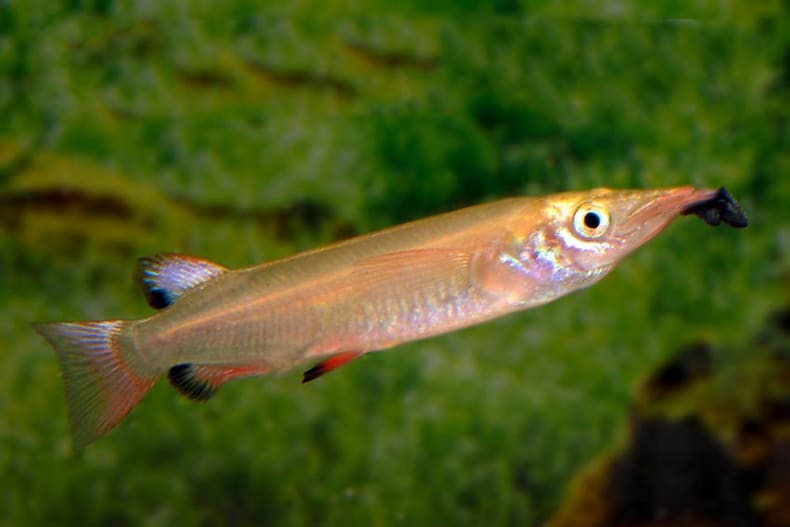
The optimal size of the aquarium for a group of 3-4 fish starts from 130-150 liters. The decor is simple. It is necessary to provide space for swimming and several places for shelter, and all this should be provided near the surface, for example, with the help of floating plants.
Since Nomoramphus Lima comes from mountain rivers, the presence of a current in the aquarium will be welcome. Fish are not demanding on the hydrochemical composition of water, but are sensitive to its quality. It is impossible to allow the accumulation of organic waste, removing them in a timely manner with a siphon. Part of the water (20–30% of the volume) should be replaced weekly with fresh water, equipment should be prevented, especially the filtration system. Otherwise, the content is quite simple, but may cause some difficulties for beginner aquarists.
Behavior and Compatibility
Males are aggressive towards each other. It is advisable to maintain a group like a harem, when there are several females for one male. Hostility is also manifested in relation to male individuals from among closely related species.
Breeding / breeding
The development of fry occurs in the womb of the female, they are born already fully formed in an amount of no more than 15–20 pieces. The incubation period lasts about one and a half months. A pregnant female should be transplanted into a separate tank, and the water level should not exceed a height of 10–12 cm. In nature, fish spawn in shallow streams, so the height of the water column directly affects the formation of fry in the first moments of life. It is noted that excessive pressure leads to deformation of the swim bladder. This does not happen in shallow water. Parental instincts are not developed, adult fish eat their own offspring, so the female should be transplanted back to the general aquarium in a timely manner.
Fish diseases
In favorable conditions, cases of the disease are rare. The risks of disease manifestation are increased in an unmanaged tank with poor water, malnutrition or when unsuitable food is supplied, and in contact with other sick fish. Read more about symptoms and treatments in the Aquarium Fish Diseases section.



